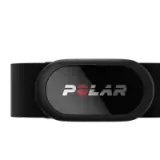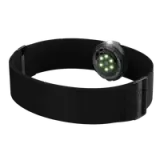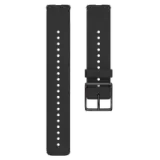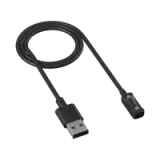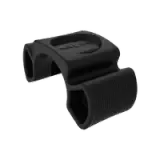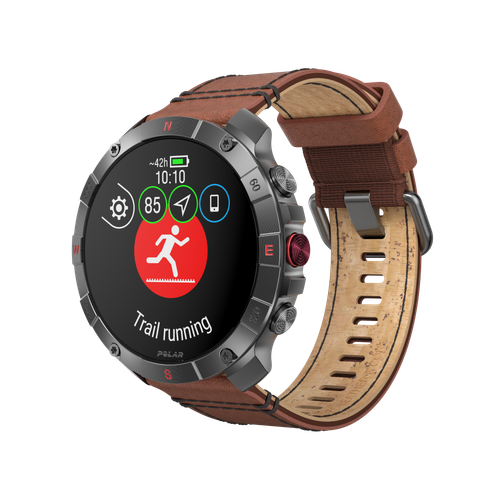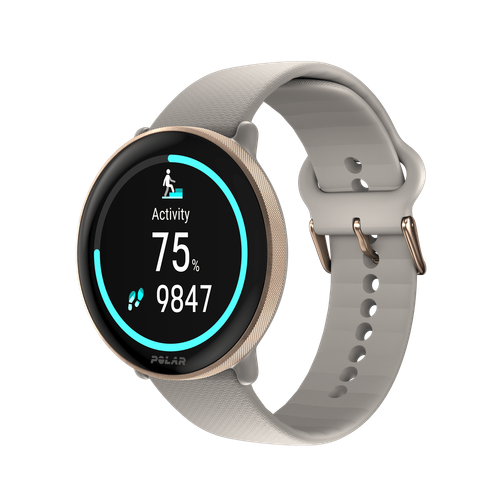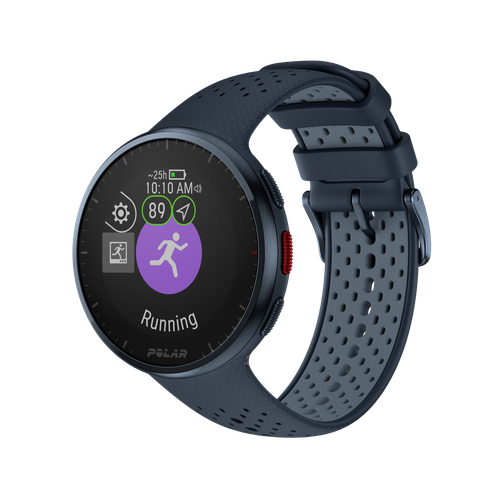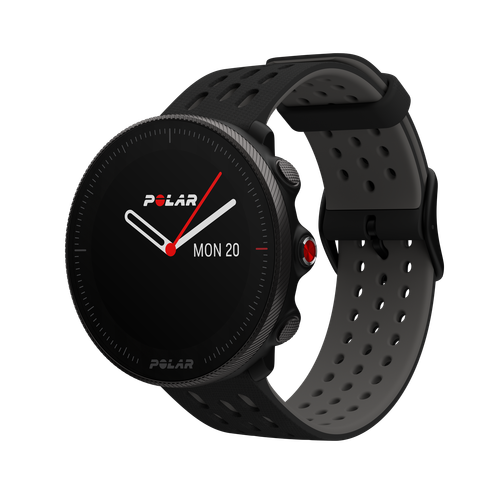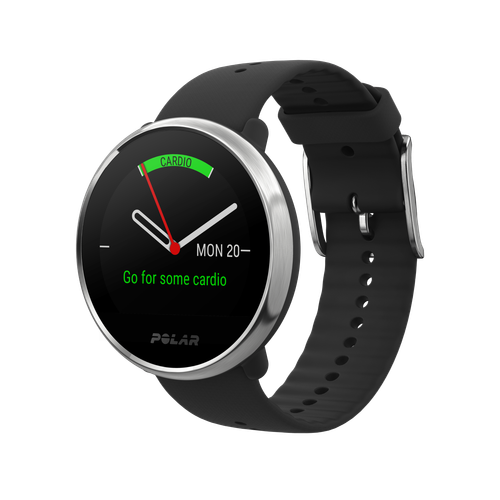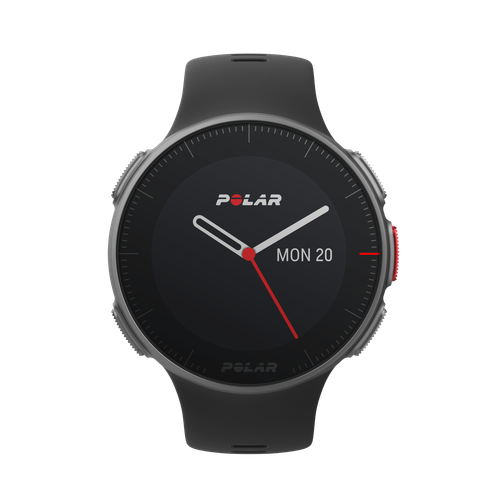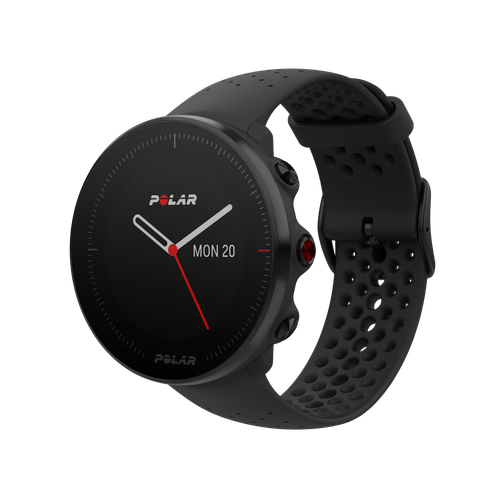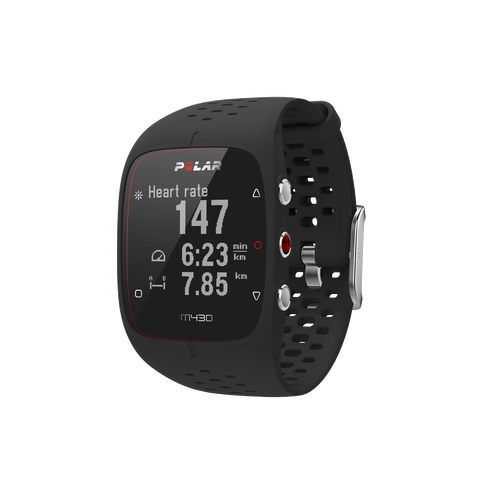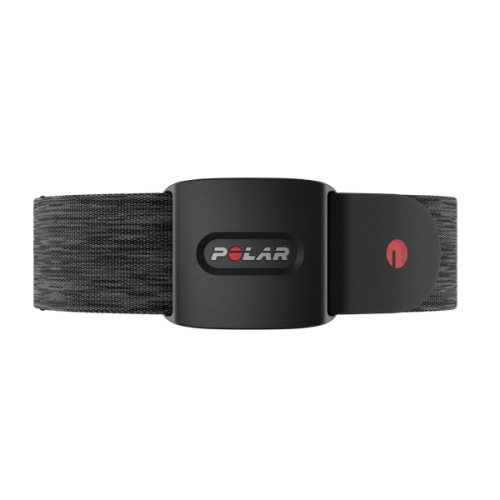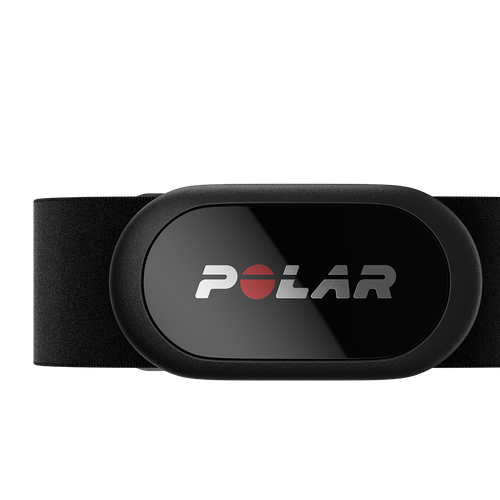Your mornings go something like this: wake up, rub your eyes, stretch, and check your Polar Nightly Recharge™, right? After all, knowing how you slept tells you a lot about the day ahead. But what do you do when you think, “Oh no, my HRV is very low…”
Monitoring your data is one thing, but knowing what to do with that information is entirely different. It’s important to remember that heart rate variability is very individual, so there’s no use comparing your score to anything except your 28-day average. So, if you notice a sudden drop, what should you do about it?
In this blog, we’ll look at why you may occasionally have low HRV, when it should be a concern, and ways that you can work to improve your heart rate variability (and your overall health and wellbeing).
Why is my HRV very low?
Tracking your HRV with a heart rate monitor is a great way to understand how balanced your autonomic nervous system (ANS) is. This metric provides a helpful insight into how relaxed you are feeling and how well-rested you are. However, when you have a very low HRV, it could leave you wondering if something is wrong.
Having the occasional day or two of low heart rate variability isn’t something to worry about. As long as your HRV recovers to your normal levels, it can be a good sign that your body can handle a range of experiences.
A short bout of low HRV often indicates that your body is undergoing a temporary imbalance with your ANS, which several factors could cause. Usually, it’s because your sympathetic nervous system‘s (SNS) fight-or-flight response has been activated due to stress. For example, if you’ve found yourself struggling to handle any pressure at work or in your relationships, this will show up in your heart rate variability.
A similar form of pressure is over-training. High-intensity workouts place stress on your body, so without adequate recovery, your ANS could become imbalanced and affect your HRV. Also, when you’re feeling physically unwell or are experiencing mental health conditions like anxiety or depression, you could have a drop in your heart rate variability.
What we eat and how we sleep are also critical factors with very low HRV. Drinking alcohol, especially a few hours before bed, will significantly impact your sleep and heart rate variability. Similarly, going to bed when you’re dehydrated or have had a large late meal could disrupt your ANS, as could exercising later in the evening.
Enjoying this article? Subscribe to Polar Journal and get notified when a new Polar Journal issue is out.
Subscribe
Why improve your HRV?
While a few days aren’t anything to worry about, a consistently low HRV could be a cause for concern.
Struggling to manage ongoing stress can enormously impact your physical health, with the long-term effects increasing your risk of heart attack or stroke. So, paying attention to how stress affects you, such as monitoring and improving heart rate variability, is worthwhile.
Very low HRV could also be an early sign of an underlying health condition. Studies have shown this symptom is associated with poor cardiovascular health, including hypertension, coronary artery disease, and chronic heart failure. If you notice a sudden and consistent reduction in this metric, speaking to your doctor is generally a good idea.
However, if it isn’t a medical issue, you can still work out how to increase your heart rate variability by paying attention to some of the following areas of your lifestyle and habits.

How to increase your heart rate variability
1. Managing stress
Clearly, understanding how pressure in your everyday life affects you is a crucial way to improve a low HRV. Learning to manage your stress by recognizing the causes and symptoms, plus using wearable tech to track how your body responds, can have an enormous impact on how it affects you.
Improving your work-life balance is one way to maintain your ANS balance and increase your heart rate variability. For example, a study published in Industrial Health found that people who had long commutes of over 90 minutes or worked more than 60 hours per month in overtime had lower HRV scores.
2. Exercise at the right intensity.
Learning what kind of recovery that specific workouts require is essential for any active person. According to a study from Frontiers in Physiology, overtraining can have a massive impact on your ANS, leading to a decrease in your HRV. That’s because the strain from exercise is another form of stress on your body, which, as we’ve seen, isn’t great for your heart rate variability.
At the same time, regular exercise is one of the most effective ways to improve your HRV. So, how do you do enough without doing too much? Including regular recovery days in your workout schedule are essential – and so is listening to your body. If you have a very low HRV and regularly feel exhausted and unmotivated to work out, then it’s likely that you need to focus on finding the right balance between your exercise and recovery.
3. Sleep consistently
Another essential part of recovery is sleep; getting enough regular, good-quality rest can make an enormous difference if you are stressed or exercising a lot. However, a study in the Journal of Sleep Research shows that poor-quality rest and sleep deprivation are associated with low HRV.
One way to sleep better is to try and maintain sleep consistency. Going to bed and waking up at the same times each day will help your circadian rhythms and boost your ability to experience enough of each different sleep stage throughout the night. So, when life gets busy or stressful, continuing with this sleep schedule is essential to assist your recovery and maintain your ANS balance.
Curiously, another option for bedtime is using a weighted blanket to help improve your HRV overnight. A trial study looking at the bedding used by people recovering from wisdom tooth extractions found that those who used weighted blankets reported higher HRV scores than those who didn’t. Safe enough to assume that they would work under less painful circumstances too.
undefined

Polar Grit X2
Outdoor Watch
Polar Grit X2 is a compact, robust outdoor watch crafted for big adventures and everyday performance. With advanced training tools, sapphire glass AMOLED display, and precision navigation with full-color maps, it’s built for life on and off the trails.
4. Drink more water and less alcohol
Staying hydrated is important, especially as an active person. Not drinking enough water can considerably affect your heart rate variability. A study published in Scientific Reports observed that even mild dehydration could result in lower HRV.
As mentioned above, drinking alcohol can significantly impact your HRV. Anyone who tracks this metric overnight will probably notice very low results after consuming alcohol in the evening. That’s because it causes an imbalance in your ANS while you sleep, meaning that your sympathetic nervous system stays active while you process the alcohol instead of allowing your parasympathetic nervous system (PSNS) to help you ‘rest and digest.’
5. Eat a balanced diet
In our era of the gut microbiome, it’s not surprising that what we consume impacts how we feel. Maintaining regular eating patterns is another way to support your circadian rhythms, particularly around bedtime. Eating in the few hours before sleep is similar to drinking alcohol, as your body is too busy processing what you’ve consumed to allow for regular, restful sleep.
Fun fact: eating leafy greens, like spinach and kale, can improve your HRV. An American Journal of Clinical Nutrition study reported that people who ate these specific greens had healthier HRV scores.
6. Breathe deep
Taking the time during the day to breathe deeply can improve your heart rate variability at night. According to the Psychophysiology Journal, even six minutes of slow, diaphragmatic breathing each day can boost your PSNS. It’s an excellent tool for managing stress and increasing your HRV.
There are many ways of practicing deep breathing (such as yoga and meditation), but a simple way to start is by making Polar Serene™ a part of your daily life. This breathing exercise monitors your HRV while you breathe slowly over 5-10 minutes to see how in sync these two metrics are and score how relaxed you are that day.
undefined

Polar Grit X2
Outdoor Watch
Polar Grit X2 is a compact, robust outdoor watch crafted for big adventures and everyday performance. With advanced training tools, sapphire glass AMOLED display, and precision navigation with full-color maps, it’s built for life on and off the trails.
Very low HRV... what's next?
So, what are the big themes around heart rate variability? Stress is a key one. If you need to improve at recognizing the signs of how stressed you are in your daily life, HRV can be a great way to assess this. Knowing how exercise stresses your body is essential too.
Consistency is another one too. Maintaining regular sleeping and eating patterns, plus overall hydration, can help boost your circadian rhythms and recovery. At the same time, having consistently low HRV could be cause for concern and a sign to have a health check-up.
Finally, there is relaxation. Breathe deep. Learn how to navigate the pressures of life. Schedule in rest days. Take things easy. Don’t worry about the odd low HRV day; they’ll happen occasionally, and don’t compare your score to anyone else. Your heart rate variability is individual to you.
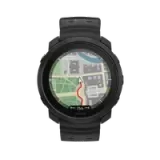 Polar Vantage M3
Polar Vantage M3
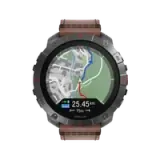 Polar Grit X2 Pro Titan
Polar Grit X2 Pro Titan
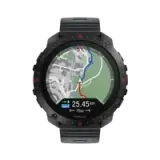 Polar Grit X2 Pro
Polar Grit X2 Pro
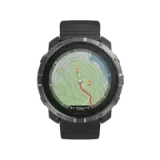 Polar Grit X2
New
Polar Grit X2
New
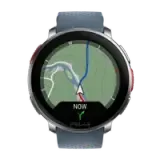 Polar Vantage V3
Polar Vantage V3
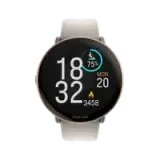 Polar Ignite 3
Polar Ignite 3
 Polar Ignite 3 Braided Yarn
Polar Ignite 3 Braided Yarn
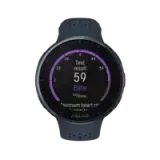 Polar Pacer Pro
Polar Pacer Pro
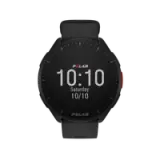 Polar Pacer
Polar Pacer
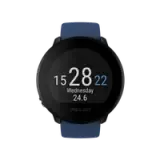 Polar Unite
Grit X Series
Vantage Series
Pacer Series
Ignite Series
Polar Unite
Grit X Series
Vantage Series
Pacer Series
Ignite Series

